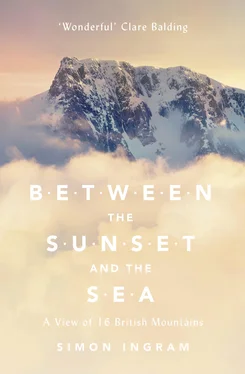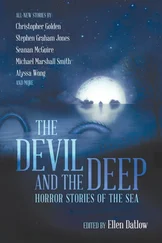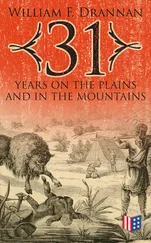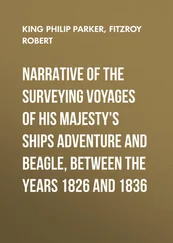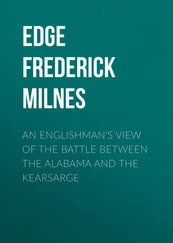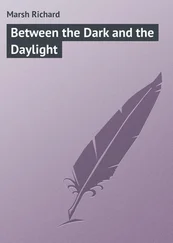
William Collins
An imprint of HarperCollins Publishers
1 London Bridge Street
London SE1 9GF
WilliamCollinsBooks.com
This eBook first published in Great Britain by William Collins in 2015
Text, illustrations and photographs © Simon Ingram 2015
Image accompanying Chapter 13, ‘Buße Tun’ (‘Doing Penance’)
by Walter Tafelmaier, reproduced with permission
The author asserts his moral right to
be identified as the author of this work
A catalogue record for this book is
available from the British Library
Cover photograph © Justin Foulkes/4Corners 2016
All rights reserved under International and Pan-American Copyright Conventions. By payment of the required fees, you have been granted the non-exclusive, non-transferable right to access and read the text of this e-book on screen. No part of this text may be reproduced, transmitted, down-loaded, decompiled, reverse engineered, or stored in or introduced into any information storage retrieval system, in any form or by any means, whether electronic or mechanical, now known or hereinafter invented, without the express written permission of HarperCollins.
Source ISBN: 9780007545407
Ebook Edition © March 2015 ISBN: 9780007547890
Version: 2016-02-25
To Mum and Dad, for letting me wander;
and to Rachel and Evelyn, for bringing me back.
There are more reasons for hills
Than being steep,
And reaching only high.
Norman MacCaig
‘High up on Suilven’
Cover
Title Page
Copyright
Dedication
Epigraph
1 Height
PART I: SPRING
2 Space
3 Legend
4 Danger
5 Plunder
6 Weather
PART II: SUMMER
7 Science
8 Light
9 Vision
10 Wilderness
PART III: AUTUMN
11 Island
12 Life
13 Art
14 Sport
PART IV: WINTER
15 Terror
16 Summit
Acknowledgements
Selected Reading
Index
About the Author
About the Publisher
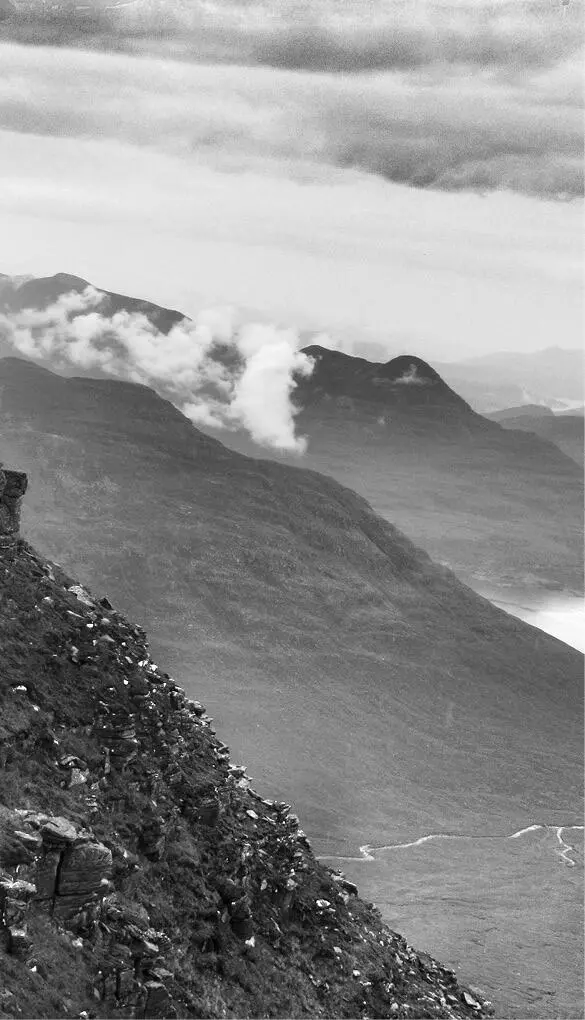

Seven miles north of the village of Tyndrum in the Southern Highlands of Scotland the A82 flinches hard to the left and begins to climb. The pitch of your car’s engine drops. You slow. Heathery embankments recede around the tarmac and the sky begins to widen as you approach the top of a rise. The road makes a long arc like a tensioned longbow until it finds north-west then, abruptly, it snaps taut. The horizon flees around you. And ahead, beyond the sharp vanishing point of the road and softened by distance, are mountains.
These are not the elegant meringue-and-meadow peaks of the Alps, nor the shrill slants of geology you might find in density in the Himalaya or the Andes. The mountains that lie ahead of you as you drive this road are old and crouched, and etched with lines of incredible age.
The place wasn’t always like this. It’s the ghost of a once much mightier landscape. They say the ancient mountains of Scotland once stood five or six times higher – as high as the young peaks of the Himalaya stand today. Some of the oldest surface rocks in the world cover their faces and line their gullies and cracks, exposed by the millennia like dead bone to the wind. The mountains here are the ruins of a giant, explosive volcano – violent and vital. Layers of spat, hot rock layered new skin onto already ancient foundations. A million lifetimes later glaciers hung from the gaps between the peaks, carving brittle arêtes and spitting the shavings of worked land at their feet. Again and again ice and time returned to this landscape, shaping it and re-shaping it like a tinkering sculptor. He’s on a break now. Give him a few dozen millennia, he’ll no doubt be back.
This first sight as you inch into the mouth of Glen Coe never underwhelms. It’s astonishing. Even if you’ve seen it a dozen times, its magnitude is unexpected somehow. We’re constantly reminded how tiny Britain is, so it’s a surprise to find something so boundlessly big-feeling – especially to people who live in flat places where mountains don’t cut the horizon or fill the sky.
But if you’re a certain type of person, this sight carries something else, too: a kind of queer charisma. It invades the emotions and tickles something primal, enshrining mountains onto a sensory level far more stately than merely as a pretty backdrop to everything else. And if you don’t know what I’m on about, there’s an easy way you can find out: come here, drive this road, and see what happens.
You might feel nothing, of course. Maybe looking up at these mountains produces little more than a mental shrug before your mind wanders back to something more interesting inside the car. If so, best you get back to it. Where we’re going probably isn’t for you. But feel a flutter around your stomach when you enter Glen Coe – a frisson of adrenaline, an indefinable but unmistakable quickening of the pulse – and sense your eyes being tugged upwards, it’s got you. That’s it for you now. If you didn’t know it already, you’ve woken something up, and it’s never going away.
If that part of you is there, everyone’s got their own moment when they felt their mountain heartbeat spring to life. It could be something so subtle – passing through this glen or somewhere like it, watching the way evening light climbs across the buttresses of a far-off peak, the sight of windblown cloud snared and tearing from the point of a summit, the yawn of steep height against the sky. For some it remains something that stays at sea level. For others, the compulsion gets too strong, and little by little, the closer they creep.
The A82 continues into Glen Coe. The wastes of Rannoch Moor fall back from the roadside, and the mountains gather around you. Just after you pass that white cottage – the one they always put on the shortbread tins – they begin to leer over you and details emerge. The powerful gable of Buachaille Etive Mòr fills your windscreen, a side-slouched pyramid of wrinkled rock punching skyward. Grey water discharges from summits choked by cloud. All of a sudden the mountains of Glen Coe cease to resemble a distant frieze, the stumps of a range long cut down by time; they become physical and textured things, personalities almost. As your eyes trace the arêtes and buttresses, you feel deep emotions being nudged: awe, intimidation, even something implacable not dissimilar to dread.
It’s a strange thing, but it makes sense. Mountains are not the place for humanity to feel at home. They’re hostile, barren, bereft of comfort – we’re programmed as a species to avoid them. It’s a feeling as old as we are, nature’s chemical way of telling us that no, we can’t live there. It can’t sustain us. It’s cold. Hard. Find somewhere else to go. A field. A forest. A riverbank. This place isn’t for people. Mountains repel us. Fight us. Yet still, you’re being pulled closer. What would it be like, you wonder, to be up there?
Читать дальше
